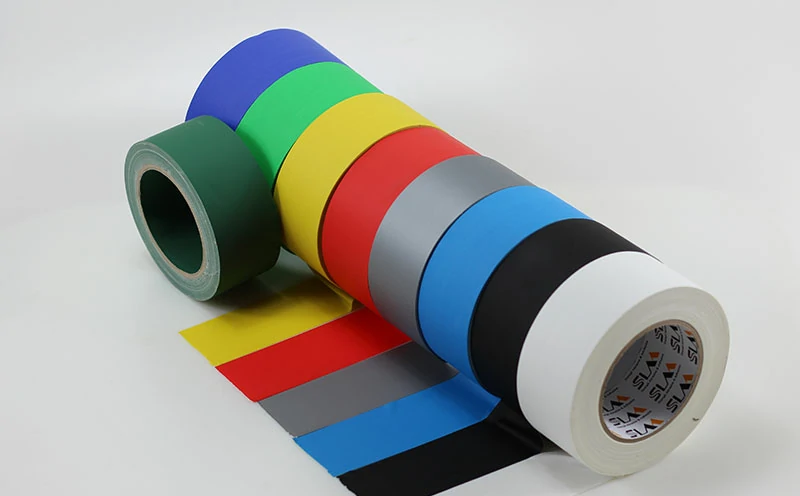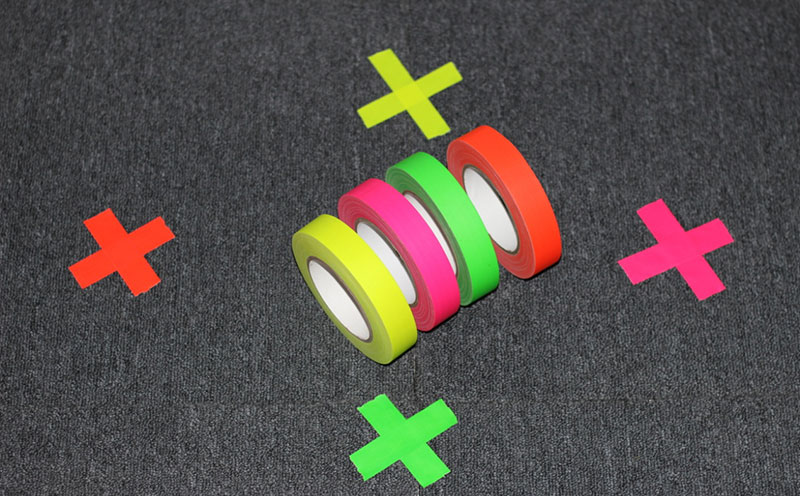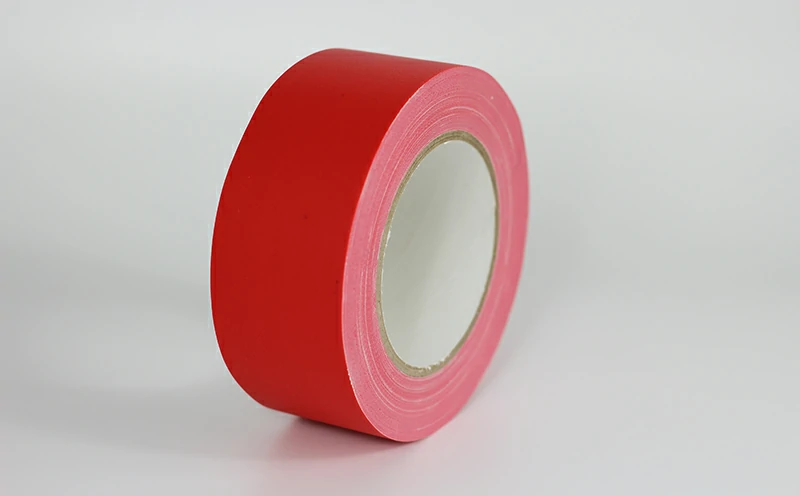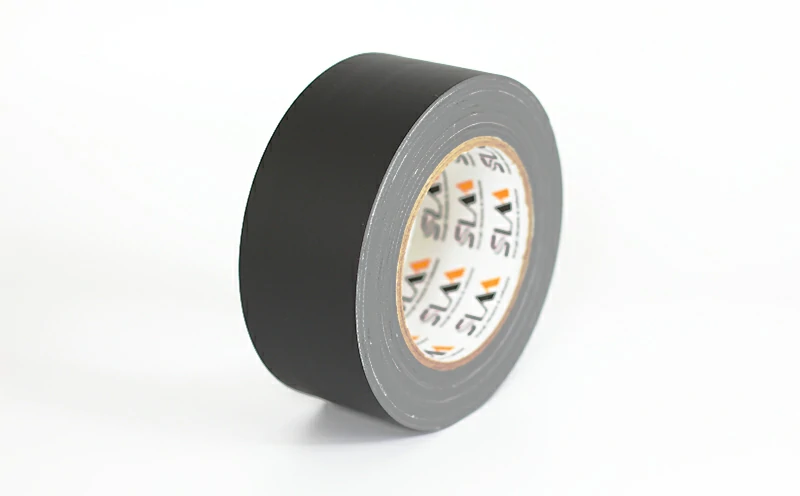When it comes to the world of film, theater, and live events, two types of tape are indispensable: gaffer tape and spike tape. While they are closely related, they serve different purposes. Understanding the distinction between spike tape vs gaffer tape is essential for professionals to choose the right tool for the job. This guide will clarify the unique characteristics and applications of both, helping you make an informed decision.
Product Overview: The Core Differences
At its heart, gaffer tape (also known as gaff tape or gaffers tape) is a professional-grade cloth-backed adhesive tape. It's renowned for its strong, but residue-free adhesive, which allows for temporary, high-strength bonds on a variety of surfaces without causing damage upon removal. This key feature makes it a staple for securing cables, equipment, and props.
Spike tape, on the other hand, is a specialized, narrower version of gaffer tape. While it shares the same core adhesive properties, its design is optimized for a very specific task: marking. It is often referred to simply as "spike" by theater and film crews.

Features & Benefits
Material and Durability: Gaffer tape is a single-faced adhesive tape with a polyethylene (PE) laminated spun rayon cloth backing. It is designed to be durable and weather-resistant. The surface has a matte finish to prevent glare from stage lights. In contrast, spike tape is thinner and lighter. The finish of spike tape is typically shiny, which makes it more visible, though it is not as durable or strong as wider gaffer tape.
Width and Color: Gaffer tape is available in wider rolls (typically 1 inch or more) for heavier-duty tasks like securing carpets and stage floors. It comes in various colors, including matte black, white, and silver, to blend with different environments.
Spike tape is sold in much narrower rolls (1/4 inch to 1 inch) to create discreet, precise markings. It is frequently available in bright, fluorescent colors (e.g., pink, yellow, orange, green) for high visibility on dark surfaces.
Adhesion and Removal: Both tapes utilize a strong pressure-sensitive rubber adhesive that allows for a secure hold and clean removal without leaving sticky residue behind. This is a critical feature that differentiates them from alternatives like duct tape, which can damage surfaces and leave a mess.
Applications
Gaffer Tape: Due to its strength and versatility, gaffer tape is the go-to choice for:
Securing cables and wires on floors to prevent tripping.
Temporarily mounting equipment or securing props.
General repairs on set or backstage.
Spike Tape: This specialized tape is used for:
Marking positions for actors, props, and set pieces on a stage.
Used in dance studios, rehearsal spaces, and film sets for choreography and blocking.

When to Choose Gaffer Tape vs Spike Tape
Choose Gaffer Tape when you need a strong, durable adhesive for securing cables, mounting equipment, or general repairs. It’s perfect for a variety of applications in film production, concerts, theater, and industrial settings.
Choose Spike Tape when you need a temporary, visible marking solution for theater or live events. It’s ideal for marking positions on stage or in rehearsal spaces, ensuring actors and crew know exactly where things should go.
Conclusion: Spike Tape vs Gaffer Tape
Both spike tape and gaffer tape play critical roles in the entertainment industry, but their applications differ greatly. Gaffer tape is a versatile, heavy-duty adhesive perfect for securing cables, rigging, and general repairs, while spike tape is designed specifically for marking positions in theatrical settings. Whether you’re setting up a film set, securing equipment, or marking floor positions for actors, understanding the key differences will help you choose the right tape for the job.



